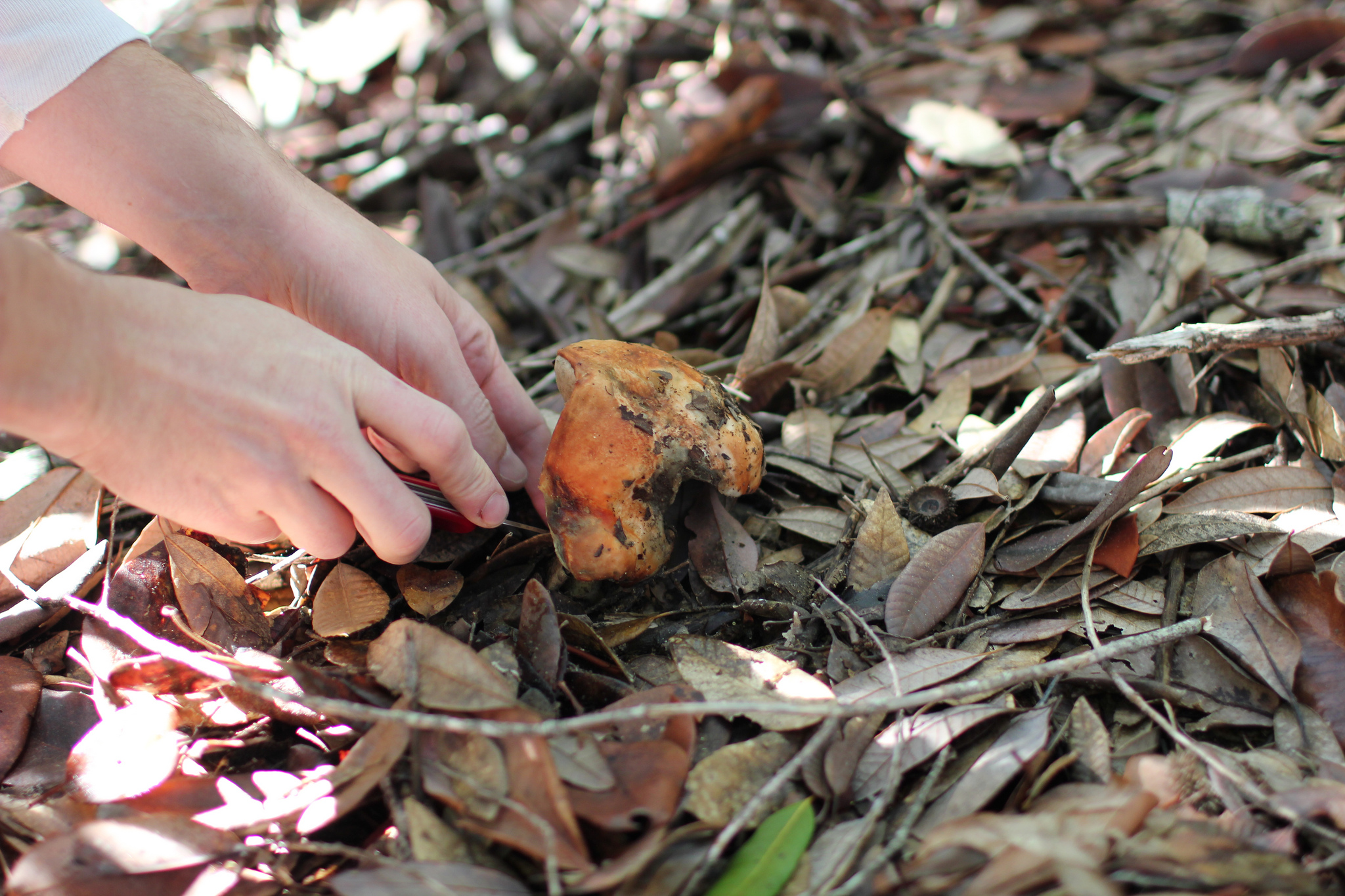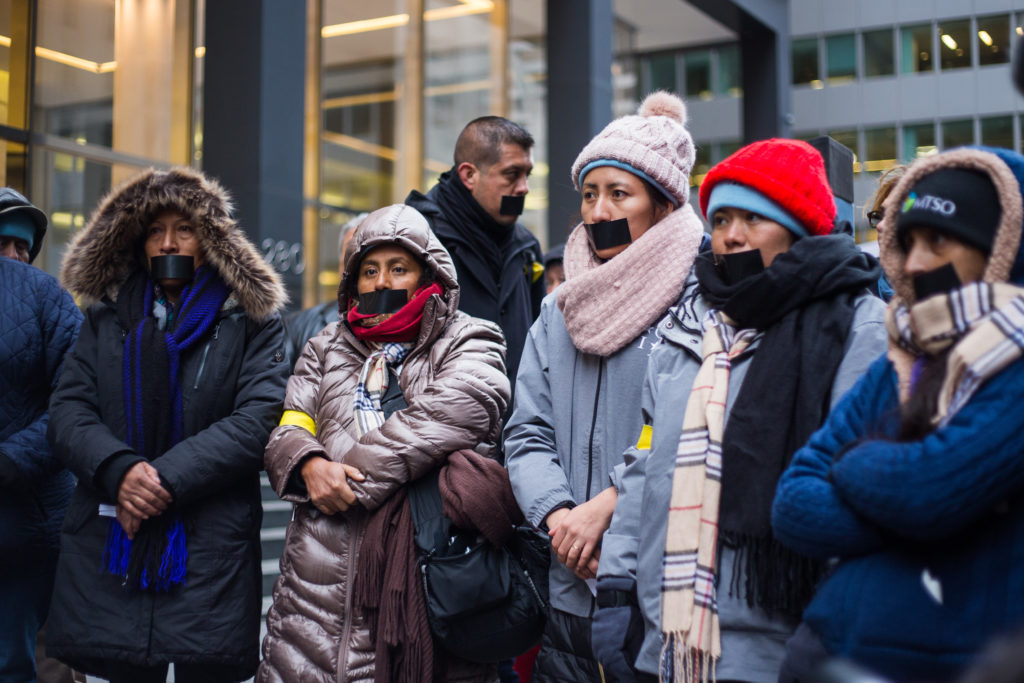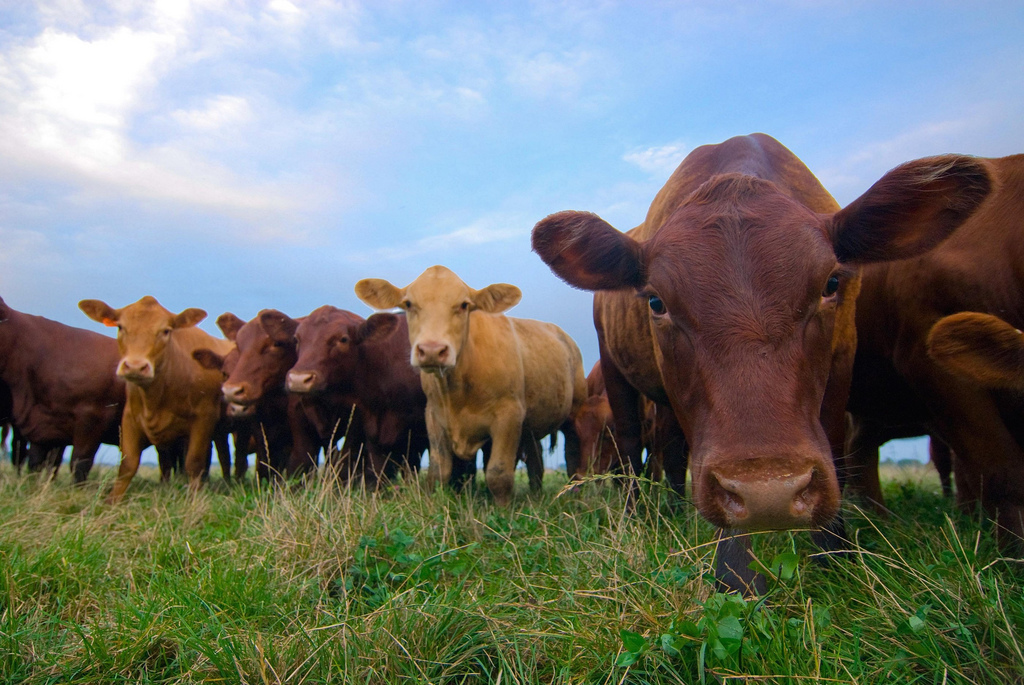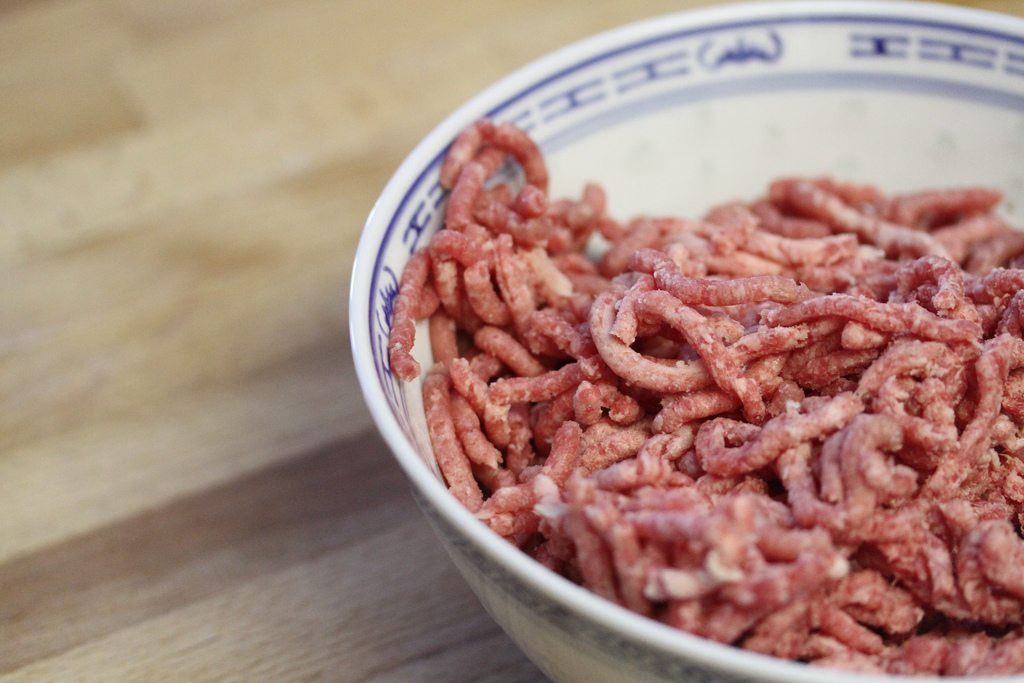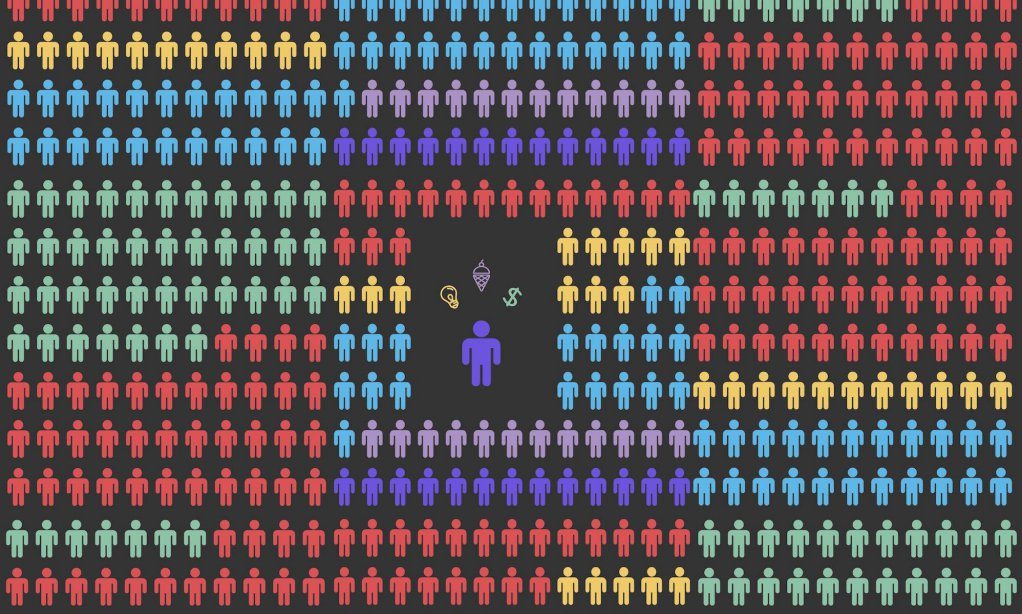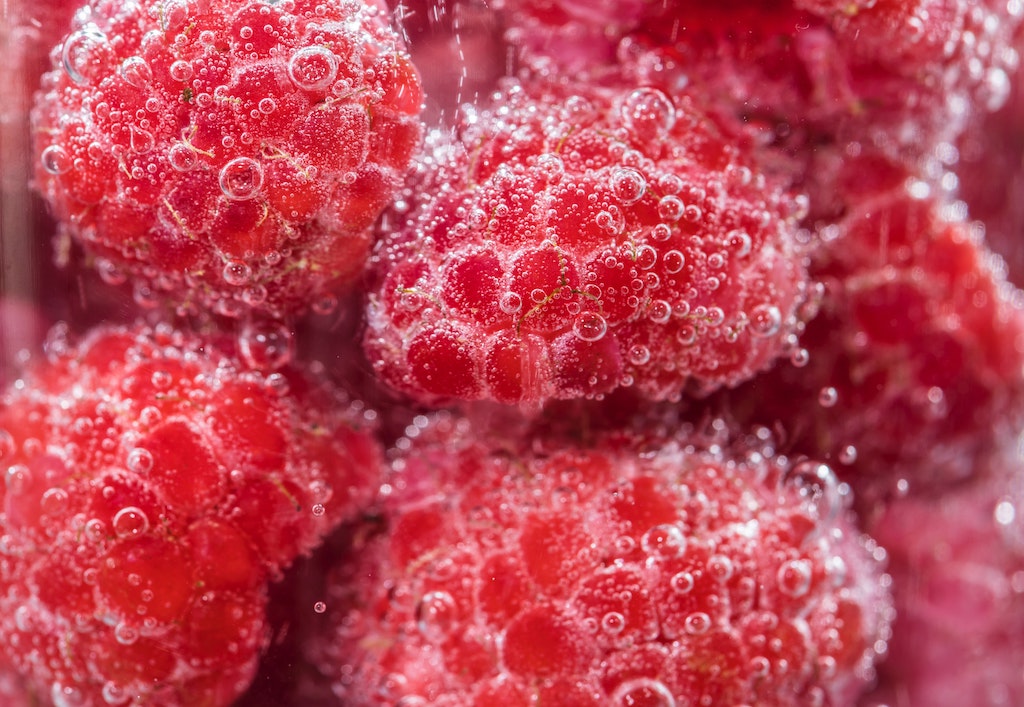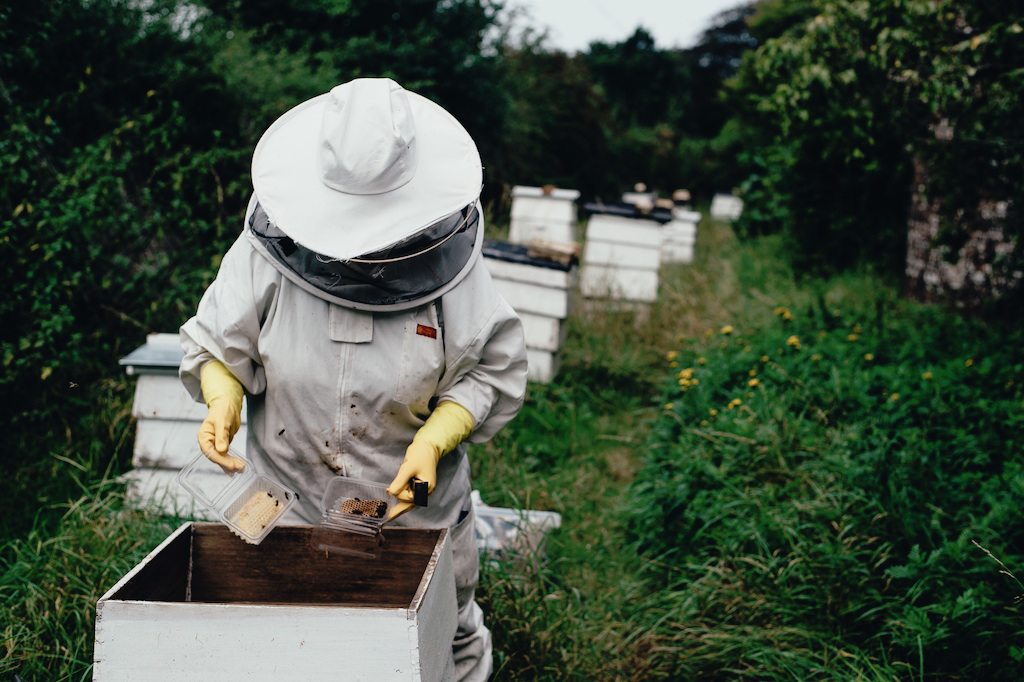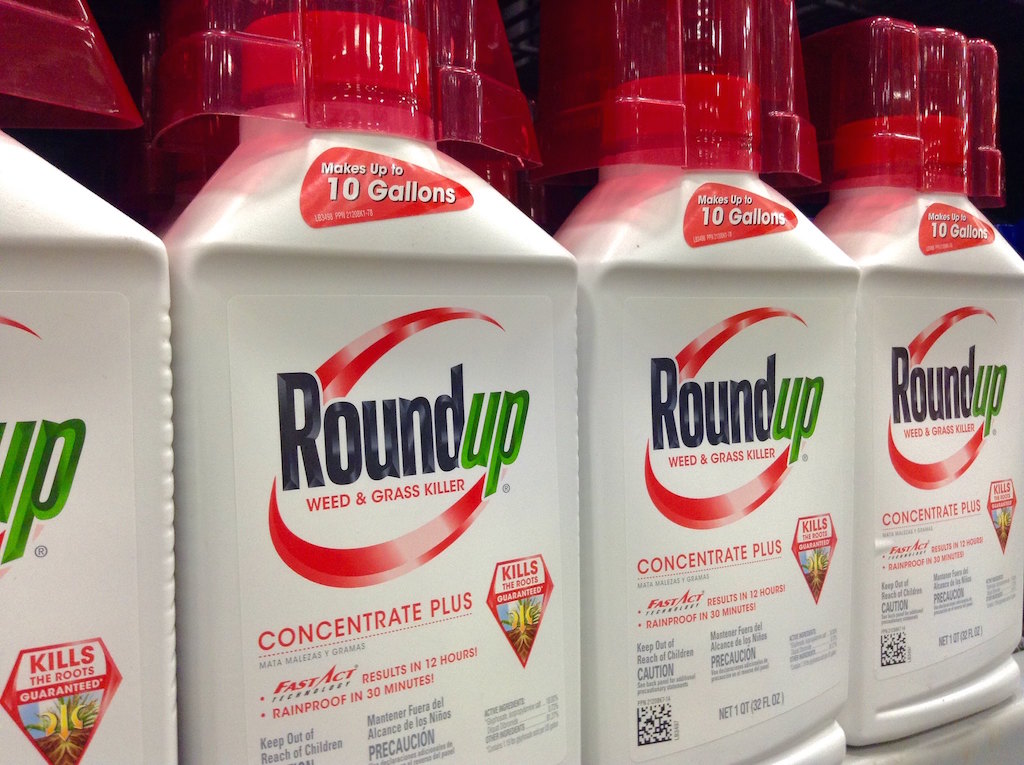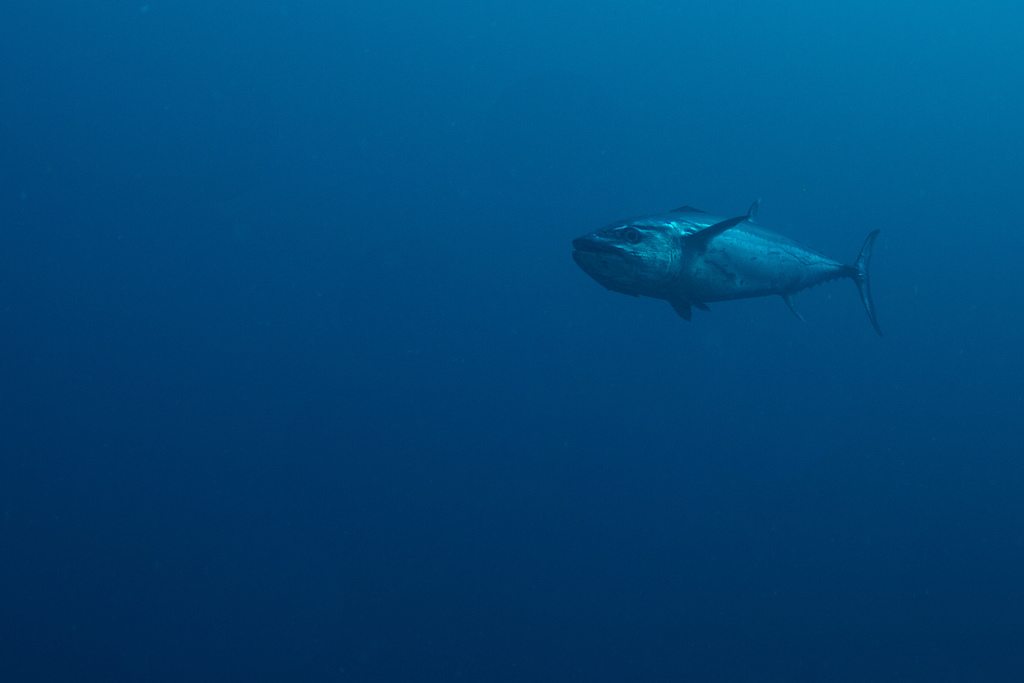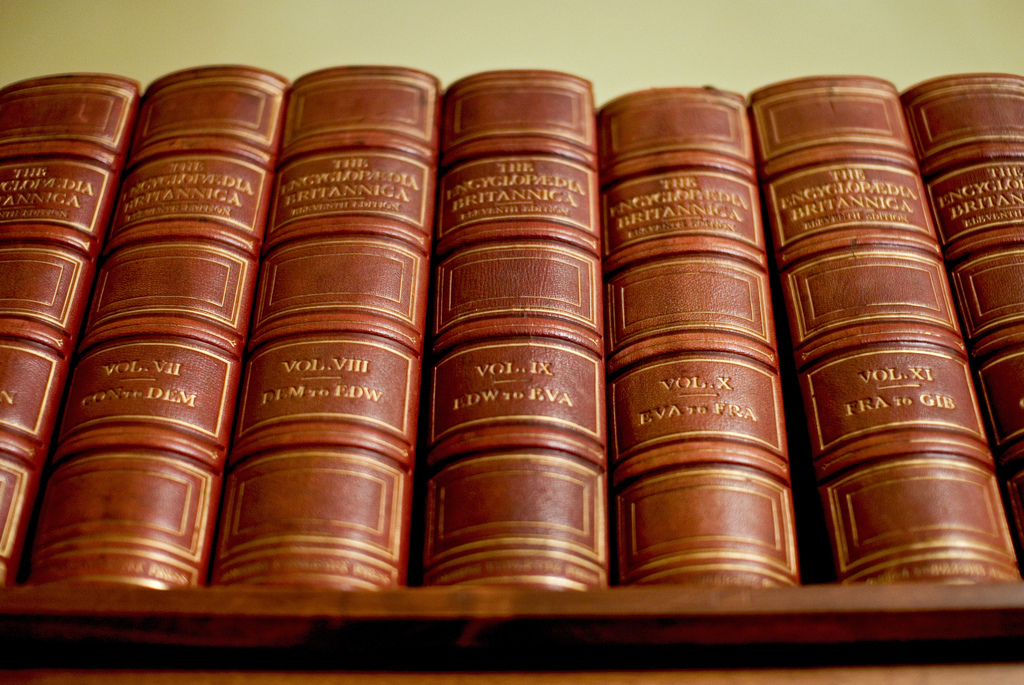Recently, I camped out with a friend in California’s Joshua Tree National Park, one of 59 designated National Parks across the United States. While in the park, we hiked, built a fire, drank good rye from the bottle, ate Donettes, heard coyotes howl, got up close with a tarantula, watched stars, galaxies, satellites, meteors, clouds, and jets pass overhead, got rained on briefly, and experienced such strong winds overnight that my tent—with me in it—had moved a foot off its moorings by dawn. One thing I didn’t do while at Joshua Tree, though, is forage for wild foods in the park: in large part because I know it’s illegal to do so.
That’s a shame. The pre-historic practice of foraging for food has exploded in popularity in recent years. At its most basic, foraging involves man’s search for and harvesting of wild foods—from seaweed to nuts, seeds, herbs, tubers, fruits, vegetables, fungi, and a host of other foods that grow in natural, non-agricultural settings. Humans evolved as hunters and gatherers—foragers—and many of our species still forage, even if most of us no longer do so for subsistence purposes.
Lest you start to think foraging is—like rain—some sort of isolated Pacific Northwest phenomenon, consider New York City’s Swale, which has transferred the Beacon Food Forest concept onto a moveable barge, docked most recently in the Bronx. Or check out the foraging app VILD MAD, started by René Redzepi, the wild-food obsessed chef behind Denmark’s famed Noma, often rated the world’s top restaurant. (Vice says the VILD MAD app is “like Pokémon Go, but with lingonberries.”) Or visit Falling Fruit, a searchable website that highlights a surprising variety of forage-ready places in cities and towns across the United States and around the world.
Media interest in foraging is also sky high. Like many publications, including USA Today and the New York Times, The New Food Economy has featured several recent articles on foraging (see here, here, and here, for starters). As far back as 2010, Time characterized foraging as “the latest obsession in haute cuisine.”
Chances are you’ve probably engaged in a bit of happenstance berry picking while on a summer stroll
But if foraging is a popular and growing obsession, it’s also oftentimes controversial.
Recently, while perusing the Mushroom Identification Page, a private Facebook group I joined a few months ago, I came across a post that featured a heated debate over the legal status of mushroom foraging. The author of the post—which was ultimately removed by site administrators because it didn’t focus specifically on identifying mushrooms in the wild—was aghast that people on the page had been discussing their opinions about the legalities of foraging without, in his opinion, having any factual knowledge about the relevant law.
If you’re like me, then you find it tough to ignore a contentious discussion, such as this one, of the varying regulations that apply to foraging. I discuss foraging regulations in my recent book, Biting the Hands that Feed Us: How Fewer, Smarter Laws Would Make Our Food System More Sustainable. I also presented my ongoing research into foraging regulations at a Fordham Law School conference in New York City in October, as part of a long article I’m writing for the law school’s Fordham Urban Law Journal.
Okay, maybe you’re not like me. But even if you’re not, chances are you’ve probably come across some of the same aforementioned articles and restaurant menus that highlight foraging, and even engaged in a bit of happenstance berry picking while on a summer stroll.
As my research for the Fordham article has determined, the only set of rules pertaining to foraging that are consistent across the country are those implemented by the National Park Service (NPS), an agency within the cabinet-level Interior Department that is responsible for regulating, among other things, visitor activity within America’s designated National Parks—including Joshua Tree—and other NPS units (including national battlefields, historic parks, monuments, and the like).
Those NPS rules are found in the Code of Federal Regulations—known as the “C.F.R.”—at 36 C.F.R. § 2.1, under the header “Preservation of natural, cultural and archeological resources.” One subsection of that rule prohibits possessing, destroying, removing, digging up, or disturbing “plants or the parts or products thereof.” That language would seemingly prohibit all foraging in our National Parks. But the rules also contain an exception, which is addressed in another subsection of the rules. The sole authority to trigger that exception rests in the hands of an individual park superintendent, who may either by default choose to keep the ban in place or may act to allow as little or as much foraging as they’d like in the park they manage.
The place where a park superintendent typically communicates these regulations is known as the “Superintendent’s Compendium,” a collection of rules governing all facets of park visitation and use that is unique to each park. Individual park superintendents are required to update their compendiums each year, NPS spokesman Jeffrey Olson tells me, and to make them available to the public.
“There is variation because all parks are unique and have different resources,” says the NPS spokesman, Jeffrey Olson. “There are, too, different circumstances like visitation that have an effect on what decisions park managers make to preserve resources and the values for which the park was created while providing opportunities for public enjoyment.”
There’s good reason to have park superintendents involved in these determinations.
“Park superintendents are our front line managers and are best positioned to understand the park resources,” Olson says. “We rely on them to make appropriate decisions on a variety of resource issues including the issue of wild foods and foraging.”
I agree that individual park superintendents are best situated to make decisions about park resources, as do those I spoke with for this article. But agreeing about who makes for the best decisionmaker at a particular park doesn’t mean the rules those decisionmakers are enforcing make sense as they’re currently situated.
One of the chief complaints I hear from foragers I speak with is that a combination of unclear and conflicting rules, coupled with lack of easy access to those rules, creates an atmosphere that discourages the use and enjoyment of parkland.
“The rules around harvesting and hunting I’ve always found fairly confusing overall and [it] takes a ton of research to find out what you can and cannot harvest, and sometimes the information can’t even be easily found online,” wrote Iso Rabins, who’s foraged in several National Parks and who founded forageSF, a wild food community in San Francisco that organizes foraging walks and a host of other food-related activities, recently in an email to me.
He largely agreed with Rabins. “In regards to foraging on federal land, the law varies and it can seem like it is deliberately complicated,” Scot says.
Other foragers I’ve spoken with in recent years echo these sentiments.
“These berry bushes bring people out to the park,” said Greg Visscher, who was fined for picking berries in a county park in Maryland in 2015, in comments that appear in my book. “I thought that was the whole point!”
It is! In part, at least.
The dual mission of the National Park Service—and the language used in the very 1916 law that led to creation of the agency—is “to conserve the scenery and the natural and historic objects and the wild life therein and to provide for the enjoyment of the same in such manner and by such means as will leave them unimpaired for the enjoyment of future generations.” While a central purpose of 36 C.F.R. § 2.1 is, as the name of the section suggests, to preserve natural resources—which fits nicely into the former half of the mission of the NPS to conserve natural objects and wildlife—that’s only half the agency’s mission. If it’s true—as Visscher, Rabins, and Scot argue—that a host of unclear and conflicting foraging rules and information deficits discourage visitors from using and enjoying our National Parks, then that’s a serious problem, and one that strikes at the latter half of the agency’s mission.
“Substantial confusion surrounds the current status of morel [mushroom] regulations [in these] parks,” the report concludes. “This confusion generates resentment and causes some local residents to avoid the parks altogether.”
The NPS technical report, Protecting Resources: Assessing Visitor Harvesting of Wild Morel Mushrooms in Two National Capital Region Parks, details the conflicting rules in C&O Canal National Park, which follows the eponymous canal as it winds nearly 200 miles from Washington, D.C. into Western Maryland, and Rock Creek Park, which runs through Northwest Washington, D.C. and which, like the C&O Canal Park, is administered by the NPS.
The C&O Canal begins at the mouth of Rock Creek—the namesake of Rock Creek Park—in Washington, D.C.’s Georgetown neighborhood. But these parks’ foraging rules vary wildly. Rock Creek Park rules prohibit visitors from harvesting any “fruits, nuts, berries, seeds, [or] mushrooms” whatsoever, while C&O Canal Park rules allow visitors to gather those exact same wild foods.
Sometimes, a park visitor learns the rules only once they’ve broken those rules
Such divergent policies among adjacent parks can’t help but breed visitor confusion, or simply encourage some visitors to—as the NPS’s own report claims—“avoid the parks altogether.”
However, the NPS suggests this problem simply doesn’t exist.
“No,” Jeffrey Olson, the NPS Spokesman, told me succinctly in response to my inquiry into whether the NPS believes that different rules for foraging in National Parks—particularly in neighboring parks—may discourage visitors.
Just how much conflict is there around the rules in our 59 National Parks? A sampling of my findings from my forthcoming Fordham Urban Law Journal article shows that 13 National Parks ban all foraging for wild foods, while 46 allow at least some foraging. Thirty-two of the 46 parks that allow at least limited foraging place some sort of restrictions on the quantity of wild foods a visitor may harvest. And 11 National Parks enumerate at least one specific wild food that visitors are prohibited from harvesting.
Sometimes, a park visitor only learns the rules once they’ve broken them.
Since these rules are so confusing and varied and can serve to discourage visitors, in contravention of a key part of NPS’s mission, there must be a better way for the agency to regulate foraging in our National Parks while also meeting the other key part of the agency’s mission to conserve natural objects and wildlife. I believe there is.
NPS should move immediately to allow any and all foraging in our National Parks as a default position. The agency could likely do so on its own, though it’s possible Congress may first have to act.
But wouldn’t indiscriminate foraging harm the environment in our National Parks? No, because respective park superintendents would still have the power to place any and all restrictions on foraging—including on type, method, use, quantity, and location—in their annual Superintendent’s Compendium. The possibility of stiff fines and possible jail time for violating the compendium or associated regulations would remain in place.
The difference—the shift I propose—would be from the default ban that exists under the current rules—which mandate that all foraging in a given park is illegal unless a superintendent allows it—to something like much more permissive, akin to all foraging in a park is legal unless a superintendent prohibits it.
Echoing Rabin (and quoting NPS spokesman Jeffrey Olson), I agree that park superintendents “are best positioned to understand the park resources” and to make decisions about foraging based on their unique position and knowledge.
“The current ad hoc approach to foraging neither promises environmental protection nor foraging recreation,” says Joshua Galperin, a lecturer at Yale Law School who directs the school’s Environmental Protection Clinic and who’s also writing an article on legal issues pertaining to foraging for the Fordham Urban Law Journal. “A system with more explicit guidance to park managers, which recognizes the importance of foraging while also relying on science and careful monitoring to protect ecosystems, would go further in protecting liberty interests alongside the wild landscape of our National Parks.”
Interestingly, Rabins, whose pursuit of “the sport” of foraging has been applauded by the Sierra Club as “eco-friendly” and who cares deeply about the environment, believes that enhancing visitors’ use and enjoyment of our National Parks will also help the NPS protect flora and fauna in those same parks.
“I personally feel like more open rules around foraging would actually help protect the environment more than the blanket prohibition we have now,” he says. “Instead of letting the public get out into nature and see what it has to offer, we’re forced to keep it at arm’s length, which doesn’t lend itself to caring for the resource as much as we should. A public that eats from the park will protect that park. To call everyone who wants to forage a poacher doesn’t help anyone.”
America’s National Parks have been called our best idea. They’re amazing, no doubt. But our best idea could be better. Getting more people to enjoy the National Parks and the amazing bounty of wild foods they offer is an idea worth embracing.
